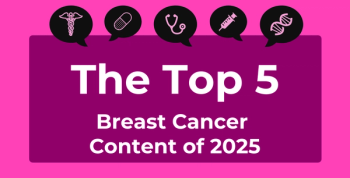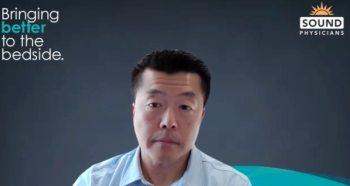
Understanding Population Health
Michael Thompson: The next topic I want to talk about is population health. There isn’t an employer that I know that isn’t focused on improving the health and well-being of their population. I have often said we have 85% of employers focusing on wellness, but we don’t necessarily see the outcomes across the population. We’re seeing still a continuation of many of the issues around chronic disease, obesity, and other elements. I guess I would start with asking what are employers typically doing today? And what are we seeing that’s having the most effective impact? Bruce, maybe you could start with what you’re typically seeing employers do today?
Bruce Sherman, MD: Sure. I think employers typically today are viewing the supply chain, if you will, as providing a defined set of services through defined existing channels. So for example, the health plans are generally the ones providing chronic condition management and catastrophic case-management services. Then there’s another compartment or service line in which wellness or well-being services are being provided. We hear of new entities. Financial well-being is fairly recent. We’re seeing more in terms of resilience and stress management. To that end, the EAP [employee assistance program] seems to be having a bit of a resurgence. But generally, the services that employers are embracing are being measured through preexisting channels. Certainly, there is some new focus on digital solutions and digital offerings. But I think at the same time as it is helpful, it also begs for perhaps employers to reconsider how they are purchasing those services and whether they are actually deriving value in the way that they would like to be deriving value from those service offerings.
Michael Thompson: I think what you’re referring to is somewhat outsourcing population health and if that is working. I know, Andy, you’ve done a lot of work in this area, but internalizing this whole issue. Maybe you could talk about this a little.
Andrew Crighton, MD: I think as Bruce said, we’ve gone from physical health, then to the emotional mental health, and now into the financial wellness aspect. But a lot of large companies are even moving into purpose. So again, as you’re trying to motivate people, you can pay people to do things for a short time, but it doesn’t have a long-term effect that it has shown. You’ve got to find out what that individual’s purpose is. We talk about population health, but probably we need to start shifting to personalized health, just like personalized medicine. Because what motivates you doesn’t necessarily motivate me. And that’s harder; it really is. And so rather than trying to paint a broad brush, I think a lot of companies are starting to step back and are going, “OK, we’ve moved the dial a little bit, but just not enough. What are we missing?” And I think a lot of it’s that personal motivation.
Michael Thompson: And what we’re hearing much more about is a culture of health, and of course culture is not the same for every organization. And I know culture is huge in the Presbyterian church. Maybe you could explain how you become relevant to the population that you serve.
Patricia Haines: I think the word purpose is really good. And I think we needed to start with recognizing whole person well-being. In a religious faith-based organization, these are men and women who are responsible for the health of a congregation. So to extend that, there’s a renewal program that our pastors are offered during their pastoring and at various intervals. But in this renewal program, they deal with vocational health, they deal with spiritual health, they deal with physical health, financial health, and emotional health. And so we took that as the pillar and have just used those to talk about well-being and create opportunities for them to think about well-being in all kinds of ways.
Like many organizations, we have a platform, a technology platform, that accumulates credit, so that they get rewards. And rewards for us include a lower deductible, so even though they’re income sensitive, they can be cut in half. And little teeny things like building a garden, taking a walk, or making daily prayer a disciplined part of your life have points associated with them. We don’t have fewer diabetics, by the way, but the feedback that we’ve gotten from them is that you are meeting us where we are, and I think that’s a part of addressing the issue of health.
Michael Thompson: And Andy, from a cultural standpoint, it’s very different financially. How do you make it relevant in an organization like a financial entity?
Andrew Crighton, MD: Many of our business groups have so many different cultures, and some of it is data driven—where we take the data. And we’ll approach 1 business differently from how we will another group, and we look at it by age group, such as millennials. So you’re standardizing across groups, but you’re able to then meet their needs. And you talk about millennials and younger people. So the purpose drives them more than the physical health. Yes, we have the gyms and things like that. So you’re trying to meet people in different ways. Some don’t mind the technology. Some like the telephonic. We even have in-person coaches too. But what we’re finding is millennials like the in-person coaching. So you’re trying to meet everybody where they are, taking that whole-person mentality. But it’s difficult trying to keep on top of this all the time and in front of people. I think the other thing is engaging the leadership and their influence on the health of the population.
Newsletter
Stay ahead of policy, cost, and value—subscribe to AJMC for expert insights at the intersection of clinical care and health economics.









































